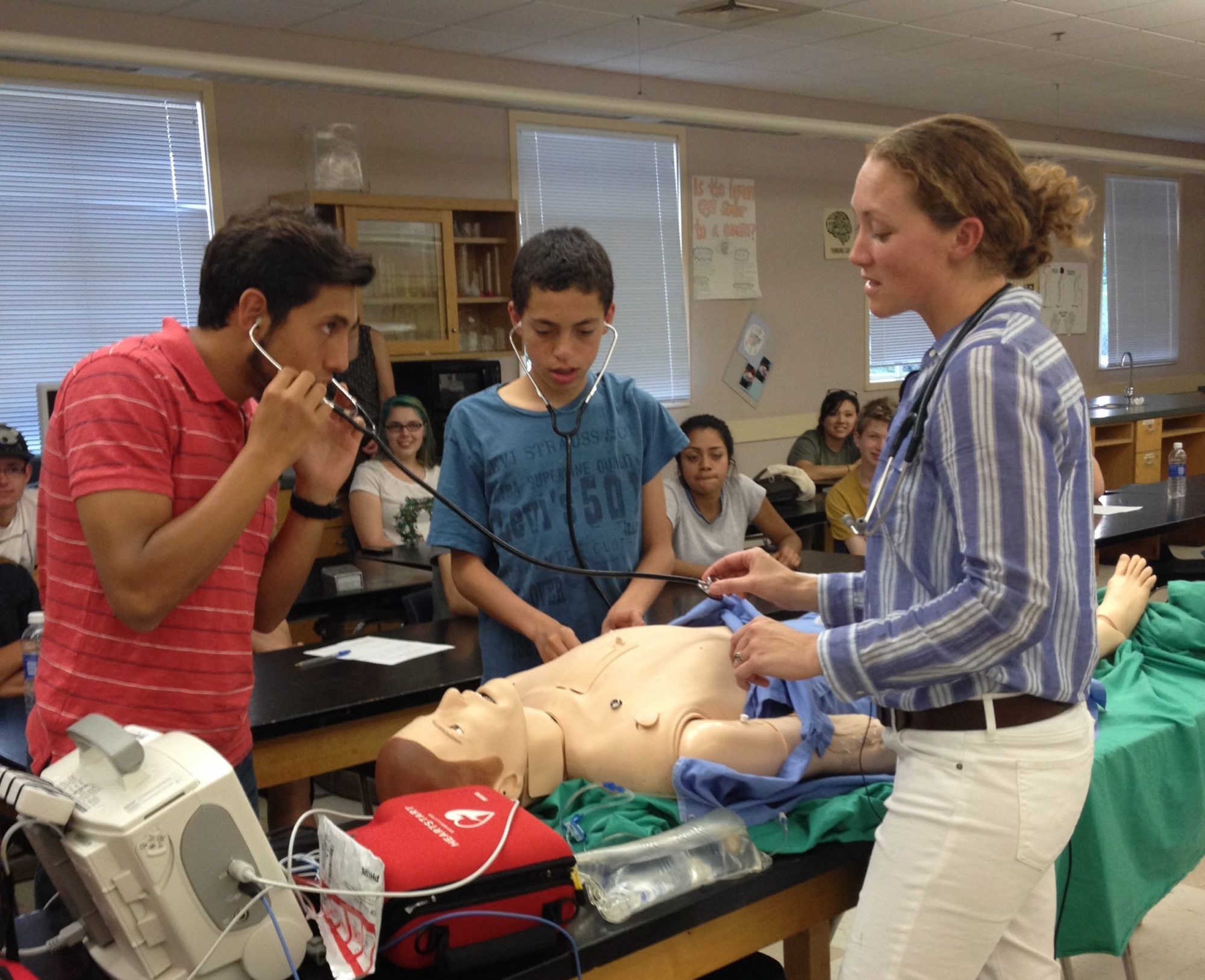Located in the heart of the Silicon Valley, the NASA Ames Research Center is one of ten NASA field centers across the country. The Ames Research Center has been a leader in space research and development for over 60 years. It was established in December of 1939 as part of the National Advisory Committee for Aeronautics and was absorbed into NASA in 1958. The Ames Research Center currently employees 2,500 people and contributes $1.3 billion annually to the U.S. economy. It is involved in a variety of fields and a multitude of areas of ingenuity, lists of which can be seen below.
Ames’ Key Goals are as followed:
The focus of the presentation will be on the Human Factors Area of Ames Ingenuity. The human factors area involves “advancing human-technology interaction for NASA missions.” The human factors research is currently conducted by over 150 researchers in more than 20 labs to improve safety, efficiency, and mission success. The rapid advancement of new technology requires humans to make competent, critical decisions in a complex, technological environment. Human factors studies the interaction between humans and engineering systems to ensure safe, effective, and cost-effective operations, maintenance, and training. Ames human factors encompasses a wide range of projects from simple visual perception and motor control to the more complex areas flight deck design and crew operational procedures. One of the featured examples involves placing human subjects in a centrifuge to simulate the vibration and enhanced g-forces experienced during launch and measured the subjects’ gaze stabilization reflexes, eye-movement reaction-time, accuracy, and precision, and hand-movement reaction-time, accuracy, and precision. Ames human factors includes research and development in the following areas:
- Human-Machine Interaction improves NASA software through careful application of human computer interface methods.
- Human Performance: develops new technologies, human performance models and evaluation tools to enhance human productivity and safety for both space and aviation environments.
- Integration and Training: develops and evaluates methodologies to integrate human factors principles and improve aviation capacity, safety and training.
- Intelligent Systems: conducts user-centered computational sciences research.
- Aviation Systems: conducts research and development in air traffic management and high-fidelity flight simulation. (From the NASA-Ames human factors website)
Join us this Wednesday, May 21 for this week’s Marin Science Seminar “This is Mission Control” with Jay Trimble of NASA-Ames in room 207 of Terra Linda High School in San Rafael.
~Claire Watry





